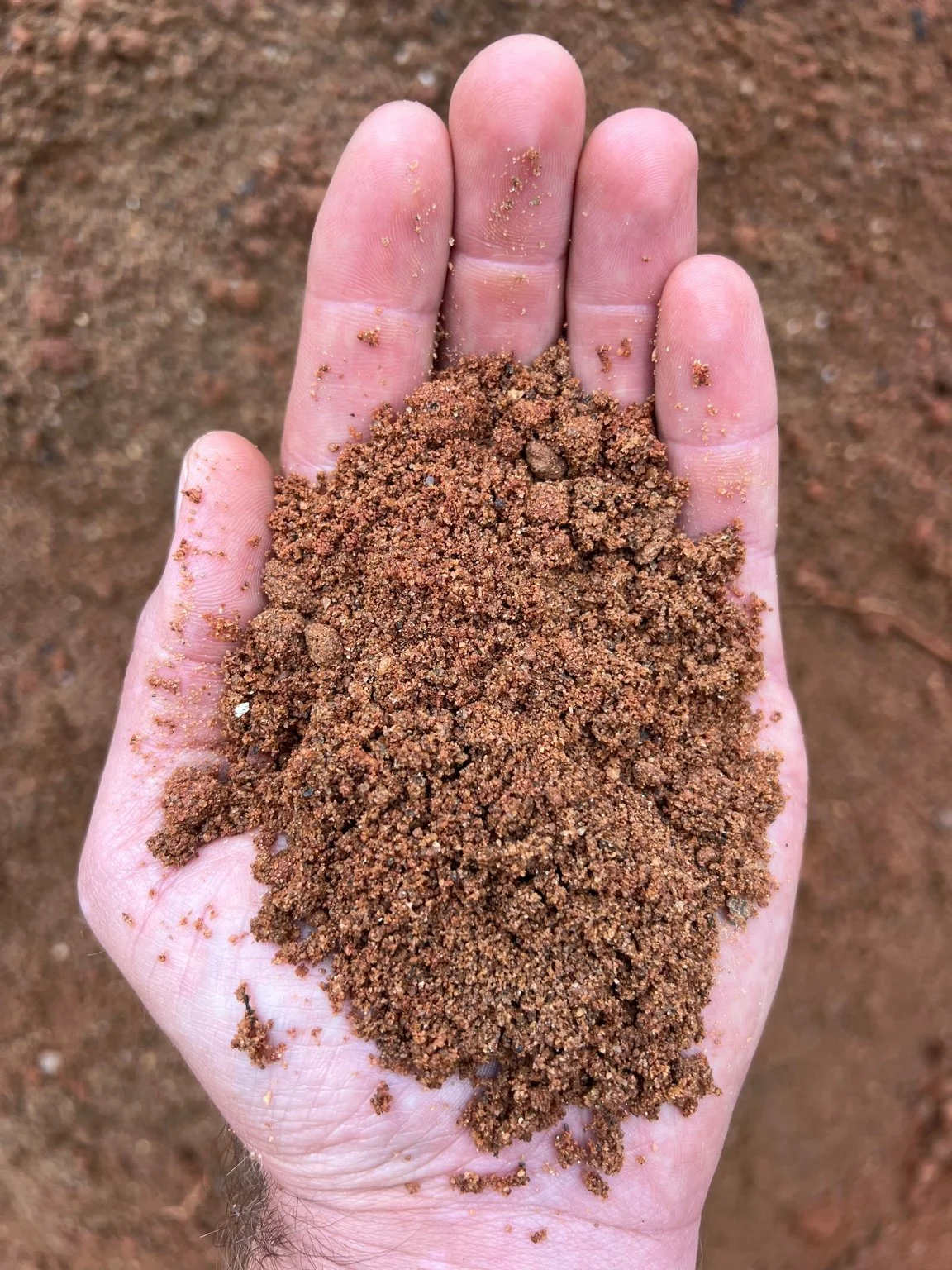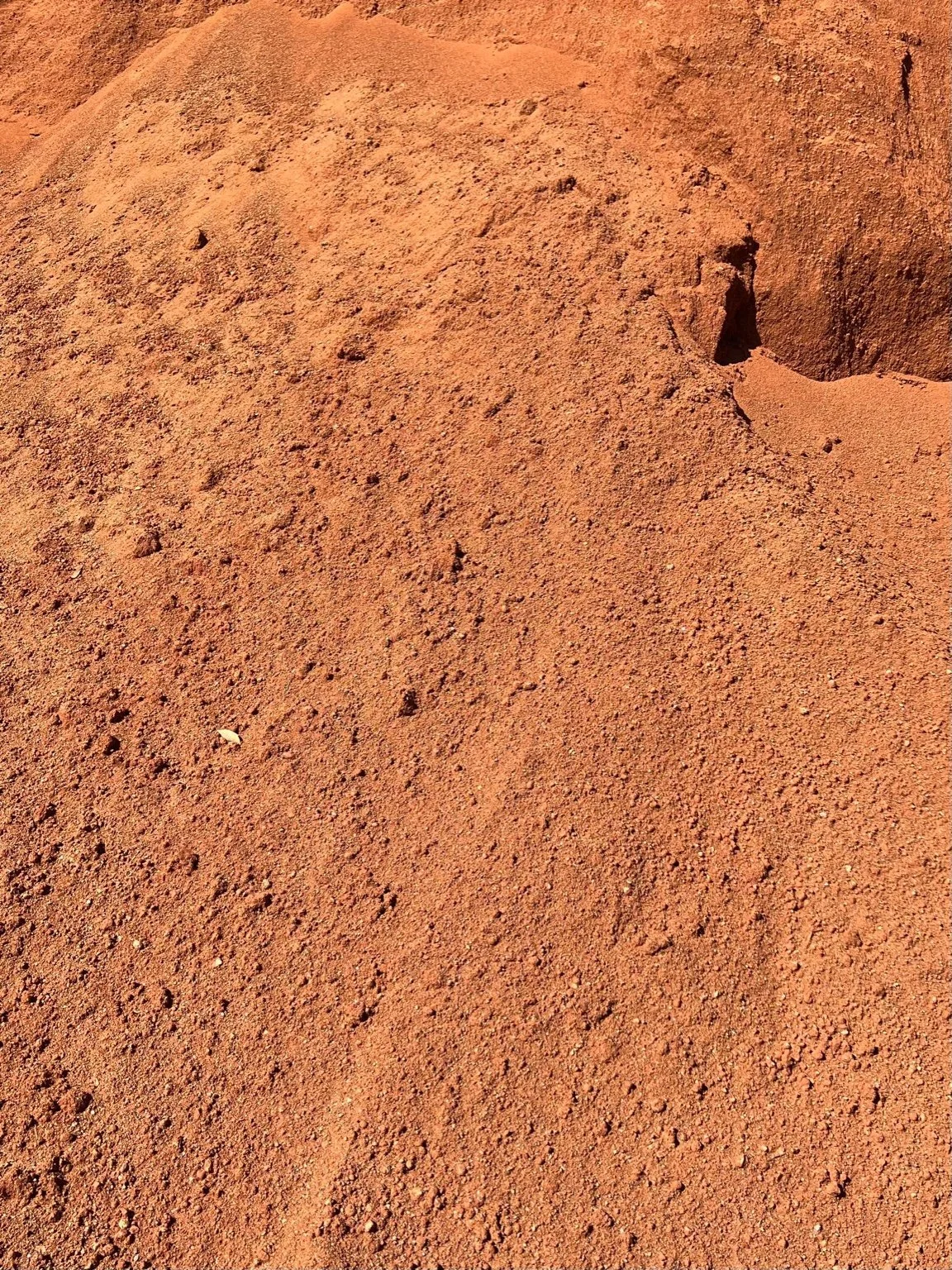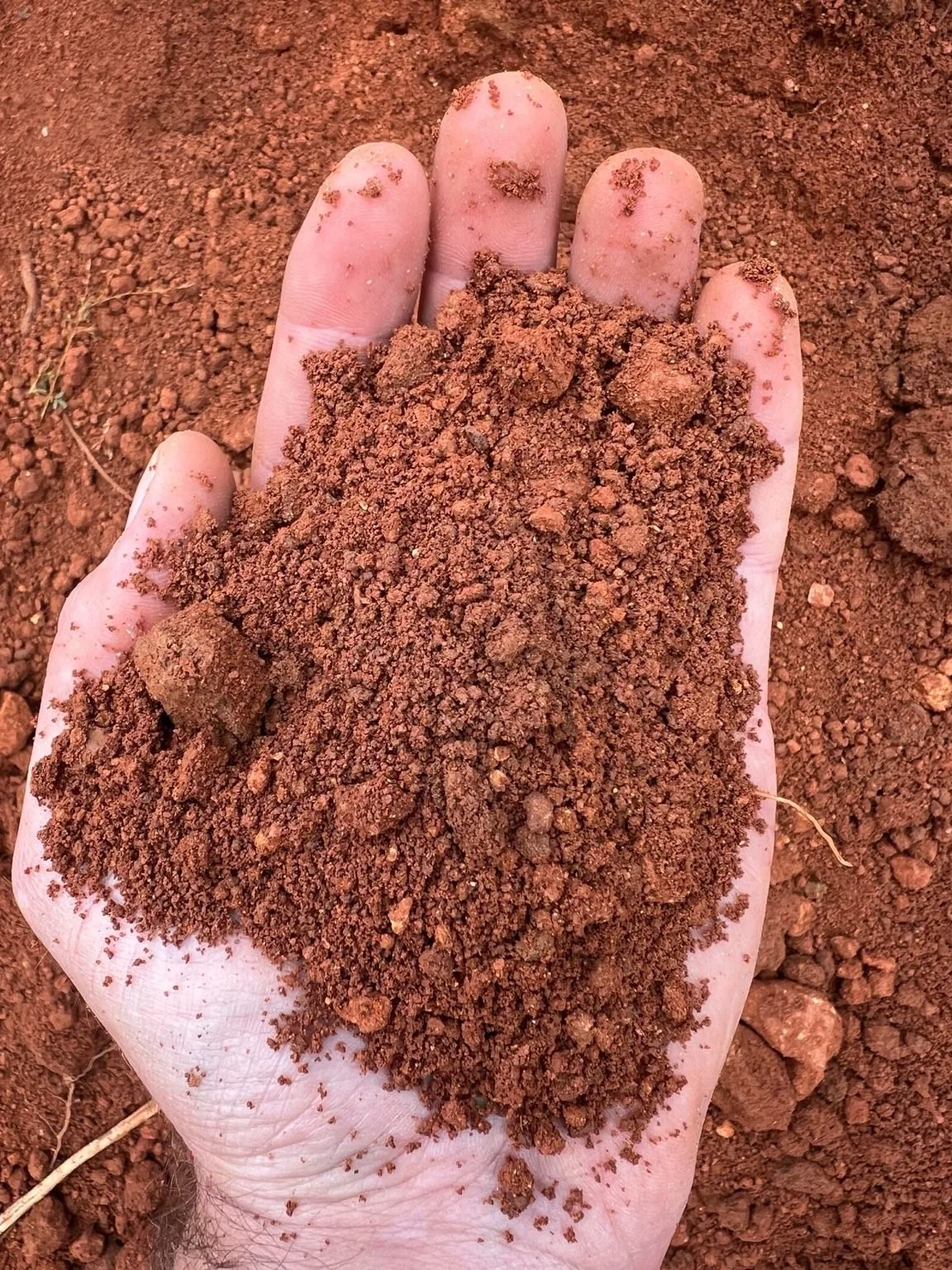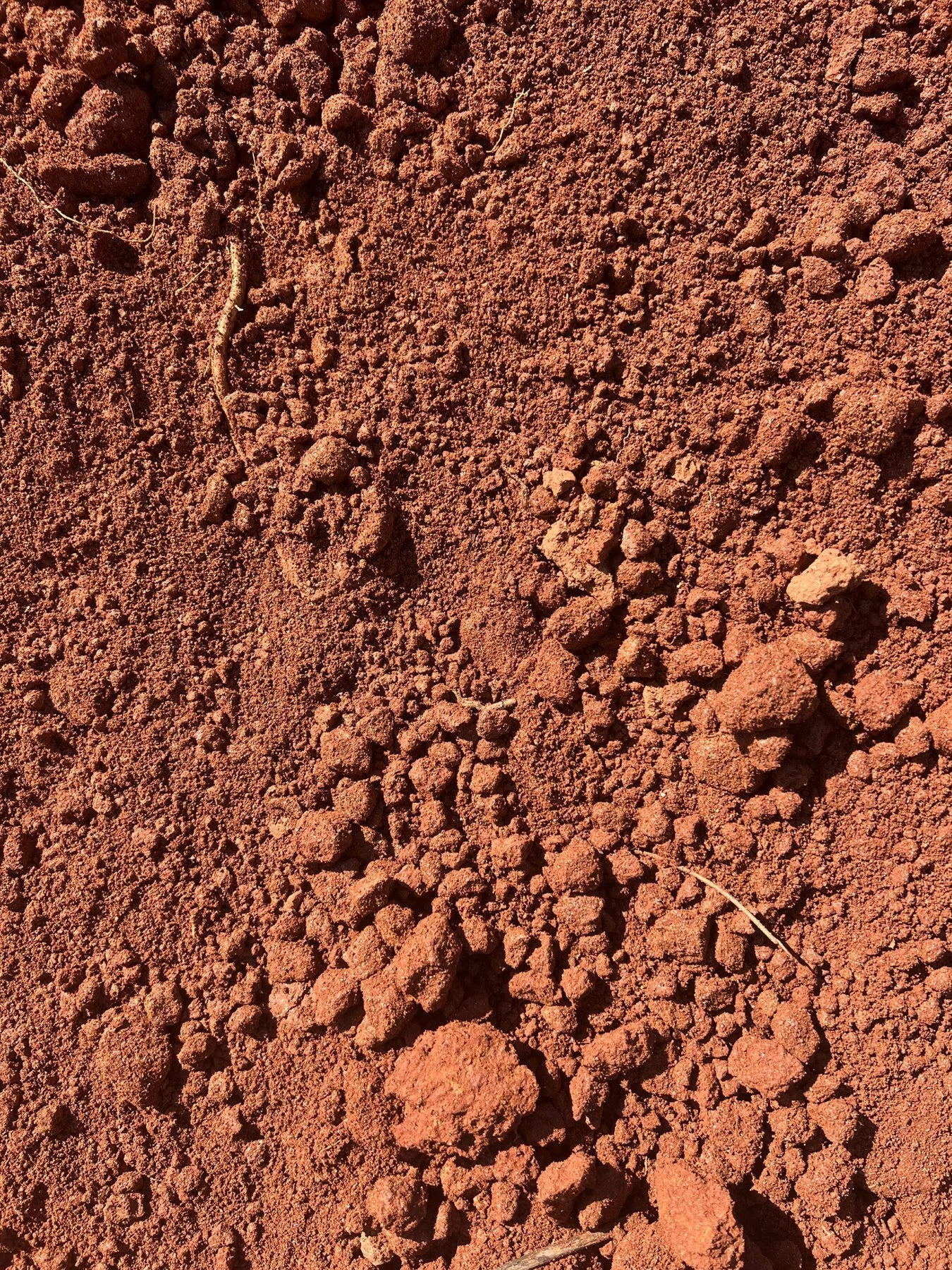How Much Infield Mix Do I Need?
Assumes Infield Mix ≈ 20 ft³ per ton. Coverage varies with moisture & compaction.
Sales tax (varies by county) is added at checkout.
About Infield Mix
Infield Mix is a specialized blend of 70% sand and 30% natural clay. Also referred to locally as infield sand or infield dirt, this material provides the right balance of drainage and firmness, making it the standard choice for baseball and softball infields across Upstate South Carolina.
The sand fraction prevents standing water, while the clay adds cohesion so the surface doesn’t stay loose. This balance also makes it useful in bullpens, batting cages, and recreational fields. Outside athletics, it is sometimes used in park trails and walking paths, where it provides a compacted, natural surface that is easier to maintain than sand alone.
Because of its higher sand content, Infield Mix is not suited for every application. It may wash away on berms or steep slopes without stabilization. It is also not recommended for horse arenas, where more consistent sands are required. For equestrian use, customers typically choose River Sand, while many prefer Screened River Sand for its smoother spread and softer feel underfoot.
For structural or load-bearing projects, better alternatives include Crusher Run or Fill Dirt.
Local Applications – Infield Mix
Baseball & Softball Infields: Balances drainage and stability for playable fields
Bullpens & Batting Cages: Provides a consistent training surface
Recreational Fields: Reduces dust and stays firm under use
Walking Trails & Parks: Compactable natural surface for low-traffic trails
General Fill & Leveling: Shallow, non-structural fill where drainage matters
Coverage & Density – Infield Mix
Density: Approx. 20–21 cubic feet per ton (varies with moisture and compaction)
Coverage: ~80 sq ft per ton at 2″ depth; ~55 sq ft per ton at 3″ depth (after compaction)
Note: Coverage may vary depending on compaction and moisture content.
Comparison – Infield Mix
River Sand: Cleaner sand with better drainage; used in horse arenas and septic systems.
Screened River Sand: Finer and softer; preferred for horse arenas and footing.
Crusher Run: Provides a compactable base; better for structural fill and driveways.
Fill Dirt (Clay Soil): Used for berms and building up grade; lacks sand’s drainage qualities.
Local Performance – Infield Mix (Upstate SC)
Athletic Fields: Commonly specified for high school and municipal baseball/softball fields in Spartanburg and Greenville counties.
Moisture Behavior: Holds water longer than pure sand, allowing fields to stay firm after rain without becoming muddy.
Maintenance: Fields require periodic dragging and leveling to maintain consistency, especially in heavy-use parks.
Soil Conditions: Performs best on flat sites in Upstate SC clay soils; less stable on steep grades.
Delivery: Supplied in 15–20 ton tri-axle loads across Spartanburg, Greenville, Cherokee, Union, and Laurens counties.
FAQ – Infield Mix (Upstate South Carolina)
What is Infield Mix?
A 70% sand, 30% clay blend that balances drainage with surface firmness.
Why use Infield Mix instead of plain sand?
Clay adds firmness so the surface doesn’t loosen quickly. For cleaner sand, see Masonry Sand or River Sand.
What sports fields use this material?
Primarily baseball and softball infields, plus bullpens and batting cages.
Is it safe for horse arenas?
No. The clay and small pebbles can cause unsafe footing. For arenas, most use River Sand; some prefer Screened River Sand for smoother spread and softer feel.
Does it work for walking trails?
Yes, on flat or gently sloped trails. Not suitable for steep grades.
How much does one ton cover?
~80 sq ft at 2″ depth or ~55 sq ft at 3″ after compaction.
Does it compact well?
Yes—firmer than sand but looser than a true base. For maximum compaction, see Crusher Run.
Can it wash away?
Yes, on slopes or berms without stabilization.
Is it good for soccer or football fields?
No, engineered sands are typically required.
How thick should it be installed on a ballfield?
Usually 2–4″ loose, compacted.
Can it be used as structural fill?
No. For structural fill, use Crusher Run or Fill Dirt.
What’s the minimum order?
Infield Mix is sold in 15–20 ton loads only. Smaller quantities are not available.
Can it be tailgate spread?
Yes, though spread evenness depends on conditions.
What regions do you deliver to?
Spartanburg, Greenville, Cherokee, Union, and Laurens counties.
Does moisture affect the mix?
Yes—wet material compacts tighter, dry loads appear looser.
Disclaimer
Natural products vary in size, color, and composition. Quantities are approximate. See our Disclaimer & Terms of Delivery page for full details.






